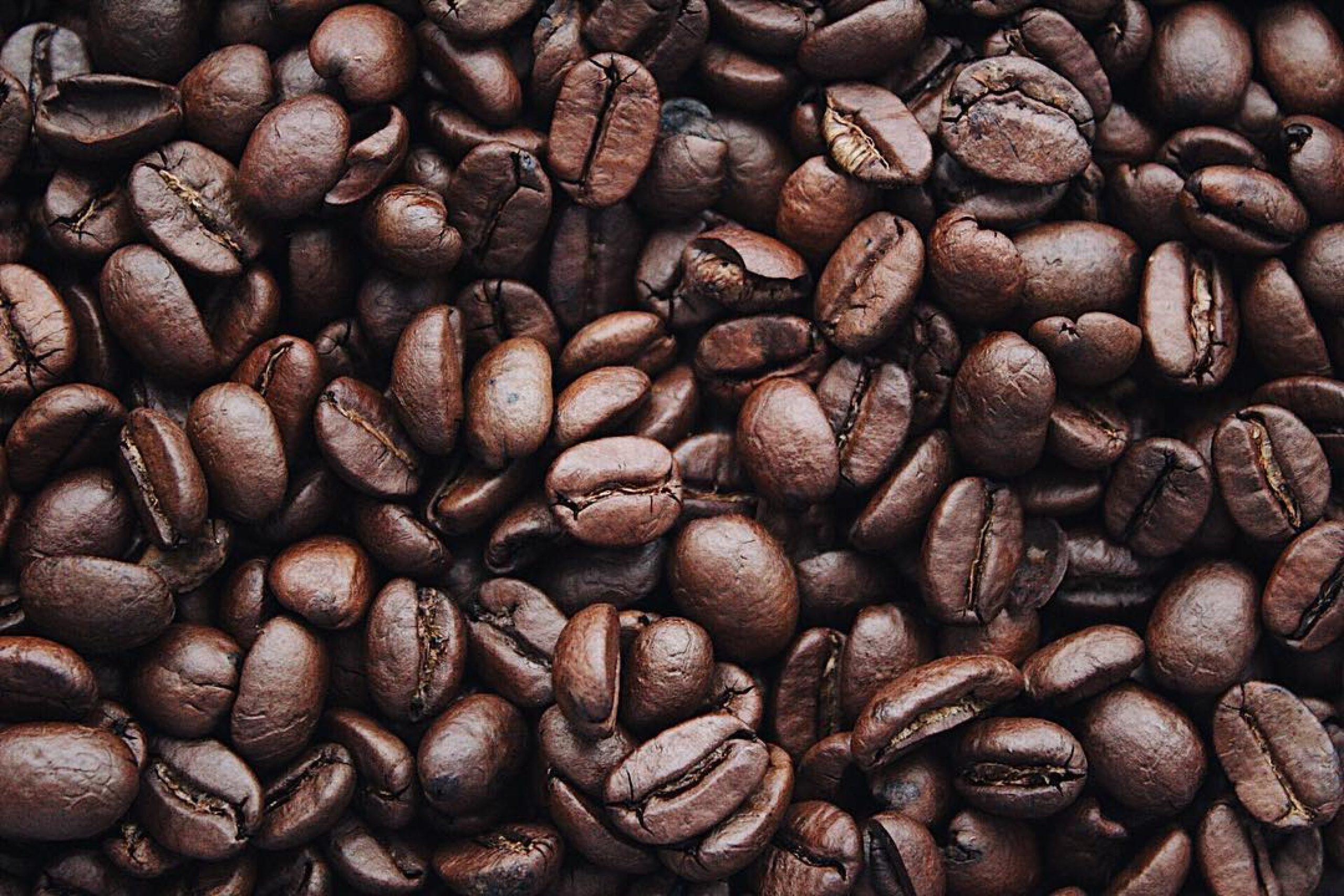IHG blog on the history of the Kona Coffee Beans. Join us on our Coffee, Cloud Forest & Brewery tour where we visit the Mountain Thunder Coffee Plantation which offers tours, tastings and a gift shop.
Back in 1828, Samuel Reverend Ruggles planted the very first coffee tree in the Kona District of Kailua-Kona, watching it grow from a piece of a tree originated in Oahu into a coffee empire. By 1899, nearly 3 million coffee trees had grown throughout the region. Today, there are around 650 farms responsible for coffee cultivation in the Kona district. Hawaiʻi Kona coffee accounts for about 95% of all coffee produced on the Big Island.
Some of the original plantations, the Greenwell Store and the Kona Coffee Living History Farm, have now been converted into museums that are open to the public giving you the chance to discover the stories of the millers, roasters, and Kona coffee pickers who have been harvesting coffee for years. The level of care and attention to detail has been passed down from generation to generation resulting in the notoriously flavorful and aromatic cup of joe.
The Hawaiʻian word Kama’ainia means “child of the land,” representing all residents born the island. Carrying on tradition and authenticity, most of the coffee plants in the Kona district are still owned by Kama’aina families.
Growing and harvesting Kona coffee
“Kona” is the market name for coffee produced on the slopes of the Hualalai and Mauna Loa Mountains in the North and South Districts of Kailua-Kona. Don’t think you can name your coffee brand Kona—only coffee cultivated in the Kona region of the Big Island can be titled as such. By growing the coffee in rich volcanic soil at a high elevation in the area’s characteristically wet and dry tropical climate, Hawaiʻi Kona Coffee has a unique advantage over most other types of coffee grown in other countries such as Brazil and Columbia.
Kona coffee trees bloom each January and May. The small white blooms of the coffee tree, which locals call “Kona Snow”, emit a sweet aroma. After several months, the blossoms melt away, leaving behind a green cherry that holds the coffee bean. These green cherries ripen over the warm summer months, and are picked by hand once they reach the perfect shade of red. This process is a very meticulous, and expertly trained pickers will not harvest the coffee beans until they have reached a dark and rosy color. This process does not happen all at once—pickers will return to the trees a dozen times until they are satisfied with their ripeness. The coffee is then naturally sun dried and raked on hoshidanas (large decks). After the beans have dried, they are ready to be milled, sorted, graded, and sent off to behand-roasted right at the plantation.
Due to the high price of Hawaiʻi Kona coffee, some retailers sell blends of the classic coffee. In this case they mix other foreign coffees, such as Colombia and Brazil, with the traditional Kona coffee. If you purchase a mix, know that there is a minimum of 10% Kona coffee required in each blend, and its required to state the distinctive percentage on the label. To be considered truly authentic, your blend must contain 100% Kona coffee. Much like a fine, vintage wine, this is harder to find and comes with a much higher price tag than commercial coffees—but this rich and delicious coffee just might be worth it. To ensure that you are sipping a cup of the best, look for the Kona Coffee Council’s “Seal of Approval.”
Where to find Kona coffee
There are several coffee shops across the Big Island that serve 100% Hawaiʻi Kona coffee. If you want the full Kona coffee experience, visit one of the coffee plantations on the island, such as Greenwell Farms, Mountain Thunder Coffee Plantation, Hula Daddy, and Kona Joe as well as many others. You can either take a tour or do a self-guided tour and sample the various roasts along the way that way. You’ll also can learn about the culture and history of the coffee plantations firsthand. For extended learning opportunities, check out the Kona Coffee Festival, an annual festival that happens every year around November. This 46-year-old tradition celebrates and promotes the heritage and culture of behind Kona’s famous coffee. The festival has created a map to help you discover coffee plantations along the South Kona District.





